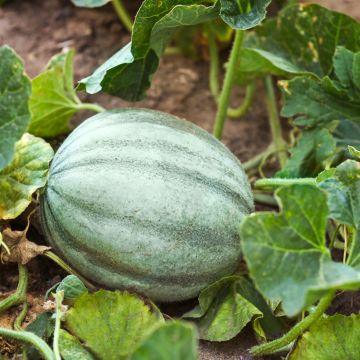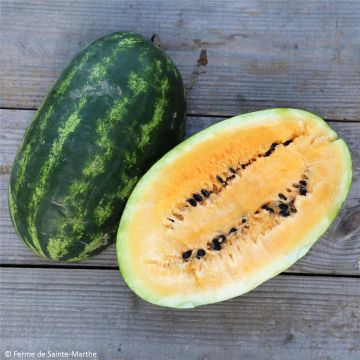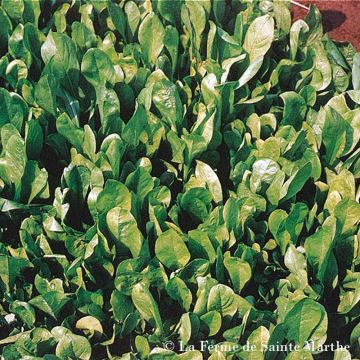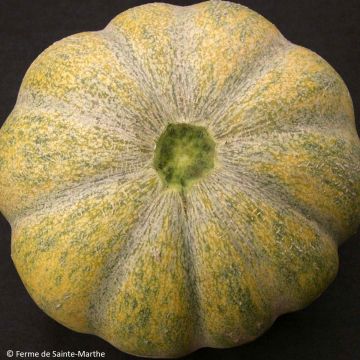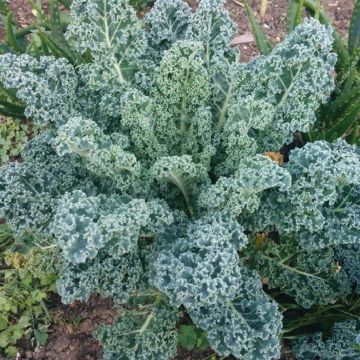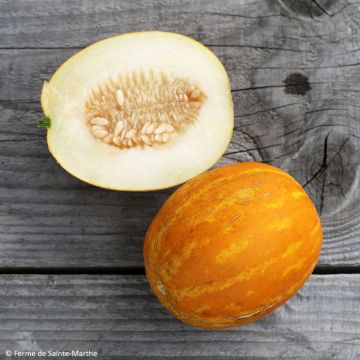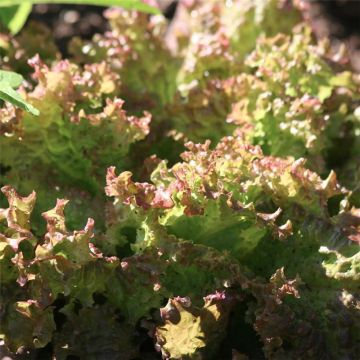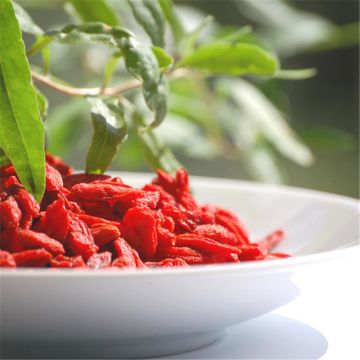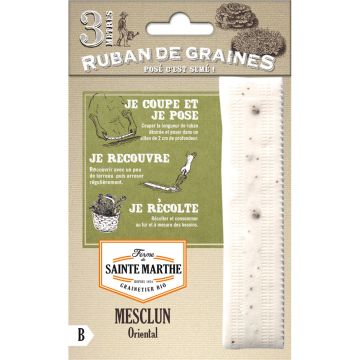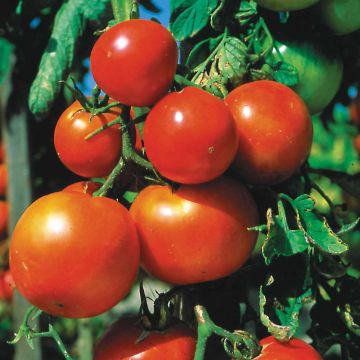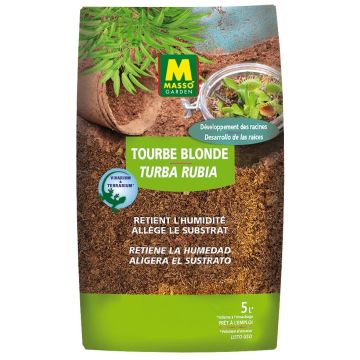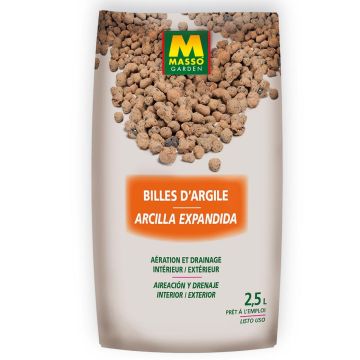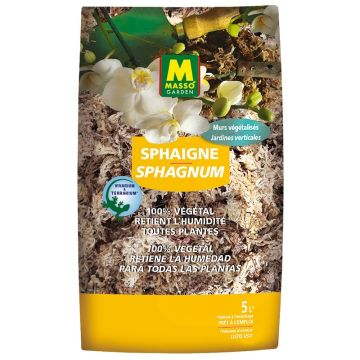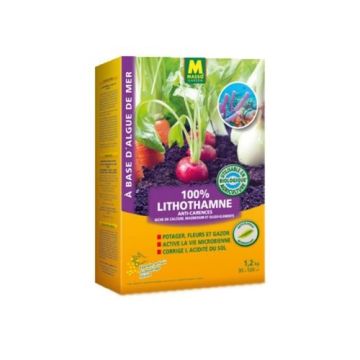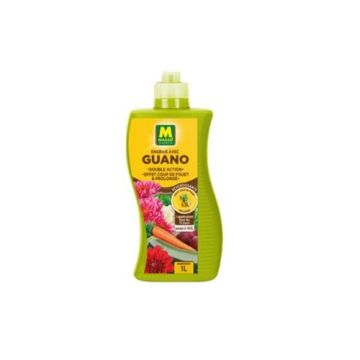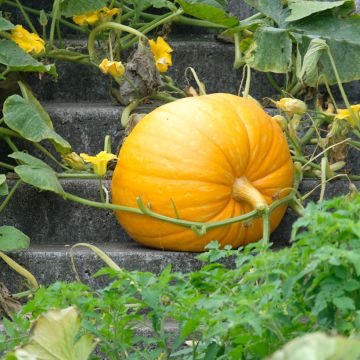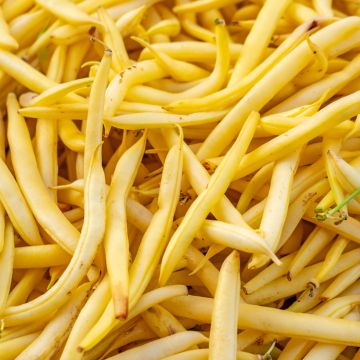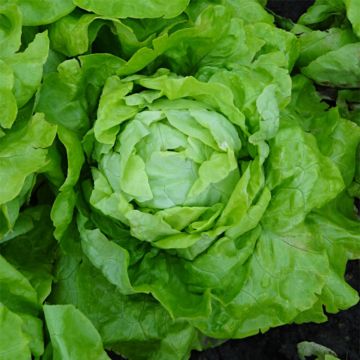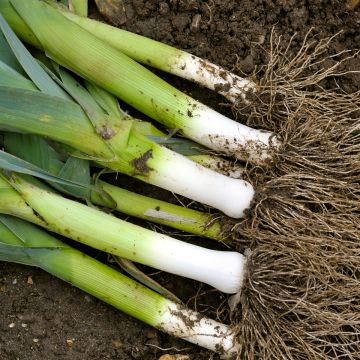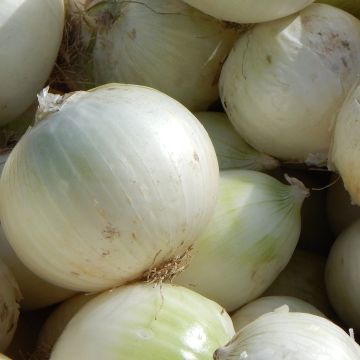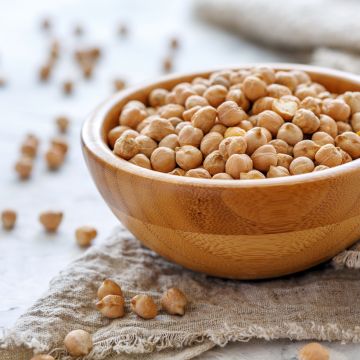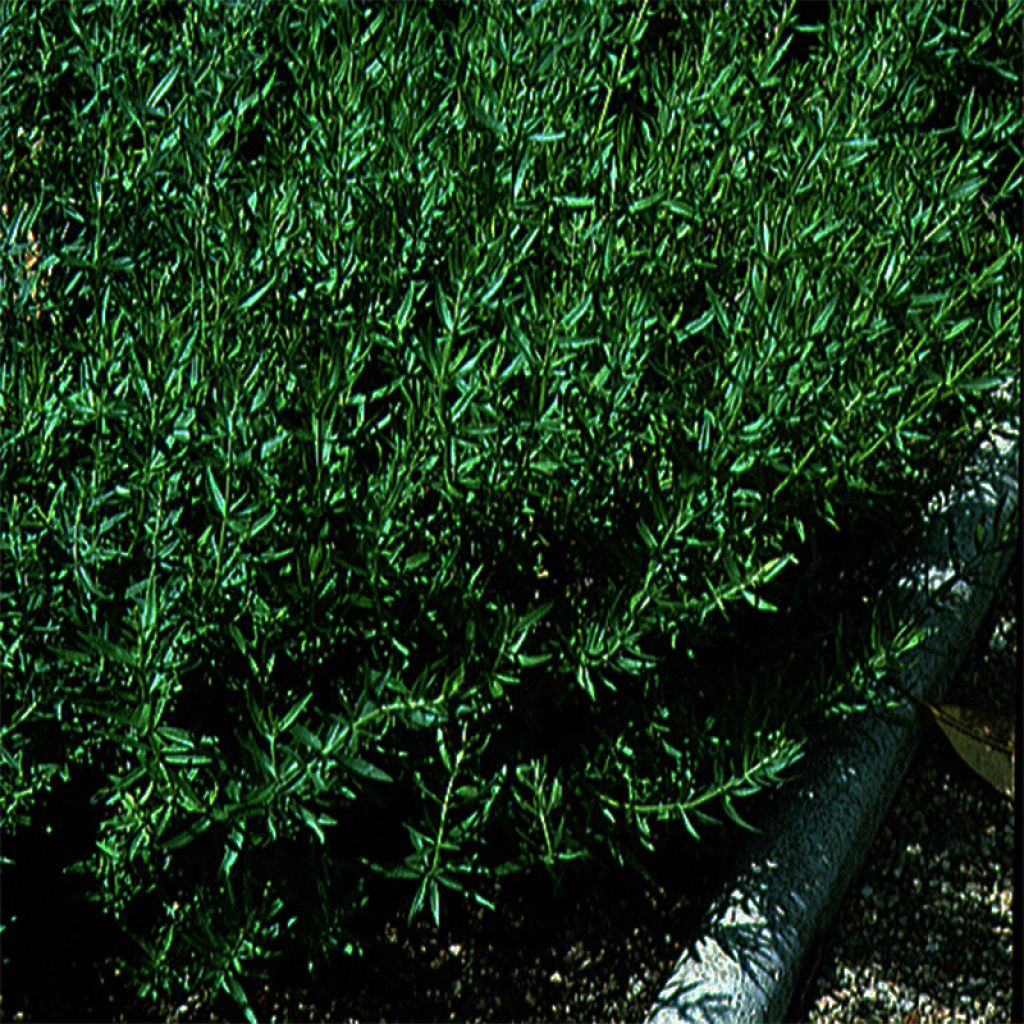

Hysope Bio - Ferme de Sainte Marthe


Hysope Bio - Ferme de Sainte Marthe
Hysope Bio - Ferme de Sainte Marthe seeds
Hyssopus officinalis
Rock hyssop
I highly recommend this website!
SCI Maraîche B., 28/02/2017
Special offer!
Receive a €20 voucher for any order over €90 (excluding delivery costs, credit notes, and plastic-free options)!
1- Add your favorite plants to your cart.
2- Once you have reached €90, confirm your order (you can even choose the delivery date!).
3- As soon as your order is shipped, you will receive an email containing your voucher code, valid for 3 months (90 days).
Your voucher is unique and can only be used once, for any order with a minimum value of €20, excluding delivery costs.
Can be combined with other current offers, non-divisible and non-refundable.
Home or relay delivery (depending on size and destination)
Schedule delivery date,
and select date in basket
This plant carries a 6 months recovery warranty
More information
We guarantee the quality of our plants for a full growing cycle, and will replace at our expense any plant that fails to recover under normal climatic and planting conditions.
Description
The Hyssop, sometimes called Agastache fennel, Anise hyssop, Aniseed hyssop, Giant hyssop, or Sacred herb, is a herbaceous perennial that produces tall mauve spikes emitting scents of anise and mint with the slightest touch. It originates from North America, where it was used both as a medicinal and culinary plant by Native American tribes.
The Hyssop is a Lamiaceae that can reach up to one metre in height. Very bushy and highly ramified, it forms large mauve to lilac flower spikes from July to October. The quadrangular stems bear light green lanceolate leaves with dentate margins; they are opposite and average 8 cm in length. At the slightest touch, all parts of the plant release a vibrant scent of lemony mint and anise. The Hyssop thrives in warmth. Even if not in full sun, ensure its comfort, and it will be even more prolific. Plant it in slightly acidic to slightly calcareous soil, rich in organic matter and well-drained. Rocky terrain can suit it well due to its deep taproot. The Hyssop can also be grown in pots on a terrace or balcony, provided the container is large enough. Sow your seeds from February to April.
Harvesting: Pick as needed. Foliage can be gathered from spring onwards, while the flowering tops should be harvested in summer.
Preservation: Simply snip a few leaves or branches with secateurs and hang them upside down to dry in a dry, well-ventilated place. Once dried, Hyssop can be used in herbal tea for its digestive and expectorant properties. Fresh flowers enhance salads and meat dishes with a subtle liquorice-like flavour. Traditionally, Hyssop was used by Native Americans in cooking and herbal medicine.
Gardener’s tip: Consider planting Hyssop if you want to protect other plants from slugs or other voracious invertebrates. They dislike aromatic plants, which act as highly effective and eco-friendly repellents. Additionally, Hyssop is a highly nectar-rich plant that attracts butterflies.
Report an error about the product description
Harvest
Plant habit
Foliage
Botanical data
Hyssopus
officinalis
Lamiaceae
Rock hyssop
Mediterranean
Perennial
Other Sainte Marthe farm
View all →Planting and care
Cultivation: Carry out your sowing from February to April in warmth at 18°C by burying the seeds under half a centimetre of soil. If you prefer to wait to sow directly in the ground, perform the operation in May. In any case, it will take 14 days for the first shoots to appear. Space the young plants at least 15 cm apart.
Hyssop thrives in warmth. Even if it's not in full sun, ensure its comfort and it will be all the more prolific. Position it in slightly acidic to slightly calcareous soil, rich in organic matter and dry. A rocky terrain may suit it thanks to its deep taproot. Additionally, consider it if you wish to protect other plants from slugs or other voracious invertebrates. They detest aromatic plants; which will act as particularly effective and eco-friendly repellents.
Seedlings
Care
Intended location
-
, onOrder confirmed
Reply from on Promesse de fleurs
Similar products
Haven't found what you were looking for?
Hardiness is the lowest winter temperature a plant can endure without suffering serious damage or even dying. However, hardiness is affected by location (a sheltered area, such as a patio), protection (winter cover) and soil type (hardiness is improved by well-drained soil).

Photo Sharing Terms & Conditions
In order to encourage gardeners to interact and share their experiences, Promesse de fleurs offers various media enabling content to be uploaded onto its Site - in particular via the ‘Photo sharing’ module.
The User agrees to refrain from:
- Posting any content that is illegal, prejudicial, insulting, racist, inciteful to hatred, revisionist, contrary to public decency, that infringes on privacy or on the privacy rights of third parties, in particular the publicity rights of persons and goods, intellectual property rights, or the right to privacy.
- Submitting content on behalf of a third party;
- Impersonate the identity of a third party and/or publish any personal information about a third party;
In general, the User undertakes to refrain from any unethical behaviour.
All Content (in particular text, comments, files, images, photos, videos, creative works, etc.), which may be subject to property or intellectual property rights, image or other private rights, shall remain the property of the User, subject to the limited rights granted by the terms of the licence granted by Promesse de fleurs as stated below. Users are at liberty to publish or not to publish such Content on the Site, notably via the ‘Photo Sharing’ facility, and accept that this Content shall be made public and freely accessible, notably on the Internet.
Users further acknowledge, undertake to have ,and guarantee that they hold all necessary rights and permissions to publish such material on the Site, in particular with regard to the legislation in force pertaining to any privacy, property, intellectual property, image, or contractual rights, or rights of any other nature. By publishing such Content on the Site, Users acknowledge accepting full liability as publishers of the Content within the meaning of the law, and grant Promesse de fleurs, free of charge, an inclusive, worldwide licence for the said Content for the entire duration of its publication, including all reproduction, representation, up/downloading, displaying, performing, transmission, and storage rights.
Users also grant permission for their name to be linked to the Content and accept that this link may not always be made available.
By engaging in posting material, Users consent to their Content becoming automatically accessible on the Internet, in particular on other sites and/or blogs and/or web pages of the Promesse de fleurs site, including in particular social pages and the Promesse de fleurs catalogue.
Users may secure the removal of entrusted content free of charge by issuing a simple request via our contact form.
The flowering period indicated on our website applies to countries and regions located in USDA zone 8 (France, the United Kingdom, Ireland, the Netherlands, etc.)
It will vary according to where you live:
- In zones 9 to 10 (Italy, Spain, Greece, etc.), flowering will occur about 2 to 4 weeks earlier.
- In zones 6 to 7 (Germany, Poland, Slovenia, and lower mountainous regions), flowering will be delayed by 2 to 3 weeks.
- In zone 5 (Central Europe, Scandinavia), blooming will be delayed by 3 to 5 weeks.
In temperate climates, pruning of spring-flowering shrubs (forsythia, spireas, etc.) should be done just after flowering.
Pruning of summer-flowering shrubs (Indian Lilac, Perovskia, etc.) can be done in winter or spring.
In cold regions as well as with frost-sensitive plants, avoid pruning too early when severe frosts may still occur.
The planting period indicated on our website applies to countries and regions located in USDA zone 8 (France, United Kingdom, Ireland, Netherlands).
It will vary according to where you live:
- In Mediterranean zones (Marseille, Madrid, Milan, etc.), autumn and winter are the best planting periods.
- In continental zones (Strasbourg, Munich, Vienna, etc.), delay planting by 2 to 3 weeks in spring and bring it forward by 2 to 4 weeks in autumn.
- In mountainous regions (the Alps, Pyrenees, Carpathians, etc.), it is best to plant in late spring (May-June) or late summer (August-September).
The harvesting period indicated on our website applies to countries and regions in USDA zone 8 (France, England, Ireland, the Netherlands).
In colder areas (Scandinavia, Poland, Austria...) fruit and vegetable harvests are likely to be delayed by 3-4 weeks.
In warmer areas (Italy, Spain, Greece, etc.), harvesting will probably take place earlier, depending on weather conditions.
The sowing periods indicated on our website apply to countries and regions within USDA Zone 8 (France, UK, Ireland, Netherlands).
In colder areas (Scandinavia, Poland, Austria...), delay any outdoor sowing by 3-4 weeks, or sow under glass.
In warmer climes (Italy, Spain, Greece, etc.), bring outdoor sowing forward by a few weeks.






























